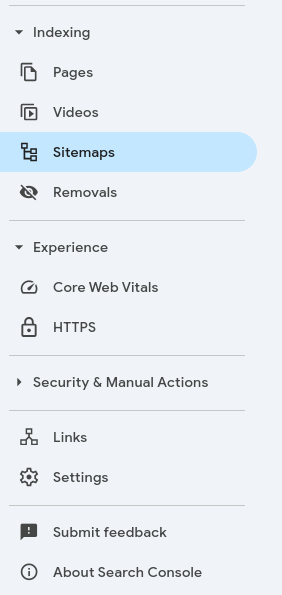Everything you need to know about sitemap
A sitemap, or sitemap, is a list of all the important pages on your site. It helps search engines like Google better understand the structure of your site and index its content faster. It is most commonly used in XML format, but can also be in HTML or text format.
What is a sitemap for?
The main purpose of a sitemap is to improve the visibility of your website in search engines. Among its biggest advantages are:
Faster indexing: search engines find new or updated pages more easily.
Support for large sites: For sites with thousands of URLs, a sitemap is crucial to ensure full indexation.
Navigating complex structures: If your site uses dynamic URLs or has weak links between pages, a sitemap will solve this problem.
How to use a sitemap properly?
To get the most out of your sitemap, make sure to:
You update it regularly – Whenever content changes on the site.
Always reflect the current state of the site. If you add a new page, modify existing content or remove old pages, it’s imperative that you include these changes in your sitemap. Automating this process can be an effective solution – for example, using CMS systems (like WordPress with the Yoast SEO plugin) that generate and update sitemaps automatically.
Why is this important?
Search engines visit your website regularly, but that doesn’t mean they automatically notice all the changes. If your sitemap informs them of these changes, it increases the chances that the new pages will be indexed faster.
Submit it to Google Search Console – this will allow search engines to use it effectively.

Once you’ve created or updated your sitemap, the key is to submit it to Google Search Console (GSC). This tool allows Google to directly access your sitemap and ensure efficient indexing.
How to do it?
Log in to the GSC.
Click on "Sitemaps" in the left menu.
In the "Add new sitemap file" field, enter the URL of your sitemap (e.g. https://www.yourweb.com/sitemap.xml).
Click on "Submit".This will also give you an overview of whether Google has encountered any problems (e.g. broken links).
Include only important pages – Avoid duplicates or broken URLs.
Only include URLs that you want to be indexed. This means:
Avoid duplicates: If you have multiple pages with the same content, include only one canonical URL.
Remove broken URLs: If some pages return an error (404), they shouldn’t be in the sitemap because they can confuse search engines.
Include only valuable pages: don’t waste indexing space on pages with minimal content, such as test pages or archives.
This way, you direct search engines to the most important parts of your site, which can positively impact your SEO.
Adhere to the size limit – If your sitemap is more than 50 MB or 50,000 URLs, split it into sections.
Search engines like Google have set limits: a maximum of 50 MB file size or 50,000 URLs per sitemap. If you exceed these limits, there may be a processing problem.
How to solve it?
Split the sitemap into multiple files. Each file can cover a certain part of your site, for example:
https://www.yourweb.com/sitemap-1.xml
https://www.yourweb.com/sitemap-2.xml
Use a sitemap index file to combine all the sub-files into a single whole. The most common sitemap errors
Webmasters often make mistakes when working with sitemaps that can hurt SEO.
Including error pages (404) – These confuse search engines.
Lack of updating – Outdated sitemaps can be ignored.
Adding irrelevant pages – Low-quality pages have no place in a sitemap.
Incorrectly set priorities – For example, if the contact page has a higher priority than the main page.
Best sitemap generators
Screaming Frog SEO Spider – An advanced tool for analyzing and generating sitemaps.
Yoast SEO – A plugin for WordPress that automatically creates an XML sitemap.

XML-Sitemaps.com – A simple online generator for smaller sites.
SiteGuru – SEO tool that also offers a sitemap creation feature.
Google Search Console – Does not provide generation, but allows you to control and manage your sitemap.
A sitemap is an invaluable tool for anyone who wants to increase their site’s visibility in search engines. To make the most of it, make sure you update it regularly, submit it to Google Search Console, include only important pages and adhere to size limits.
Using a sitemap correctly will not only make your indexing job easier, but will also improve your site’s SEO. Remember, this is a process that requires regular checking, but the results are worth it!


